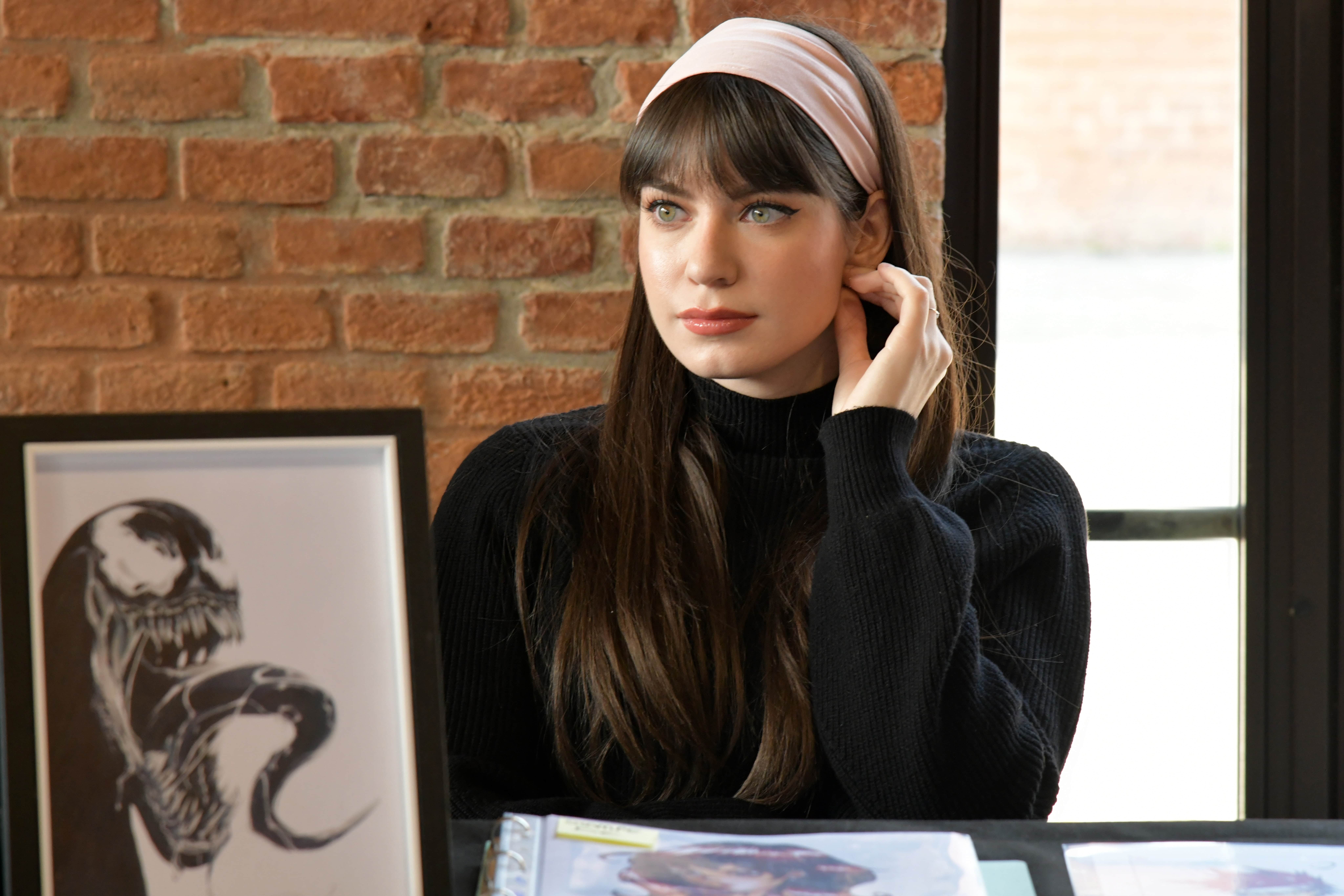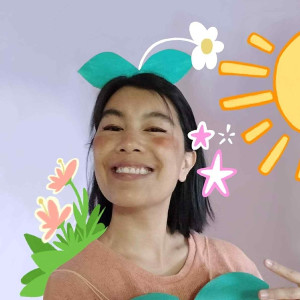Are you ready to start applying to art school, build your portfolio and hope for the best outcome?
We know it may be tempting to start researching and hunting for the art school of your dreams but, before you do, we advise you to take a step back, do your research and understand the different programs available for you in Australia and the rest of the world.
Are you looking for a Bachelor in Fine Arts in painting? Do you want to become a filmmaker? Are you interested in something around design or perhaps architecture?
Keep reading to find the best tips to choose your art program and everything you need to know about the application process to art school.

Art Programs, Bachelor in Fine Arts and Film Degrees
While art is generally a tough thing to define, schools and the academic world have found a good way to divide it into three branches: visual arts, performing arts and literature. That said, this division proves a bit tricky since they all have so much in common and occasionally overlap.
But for practical purposes, we will move on with this definition and will try to give you an overview of the different ways that you can get a degree.
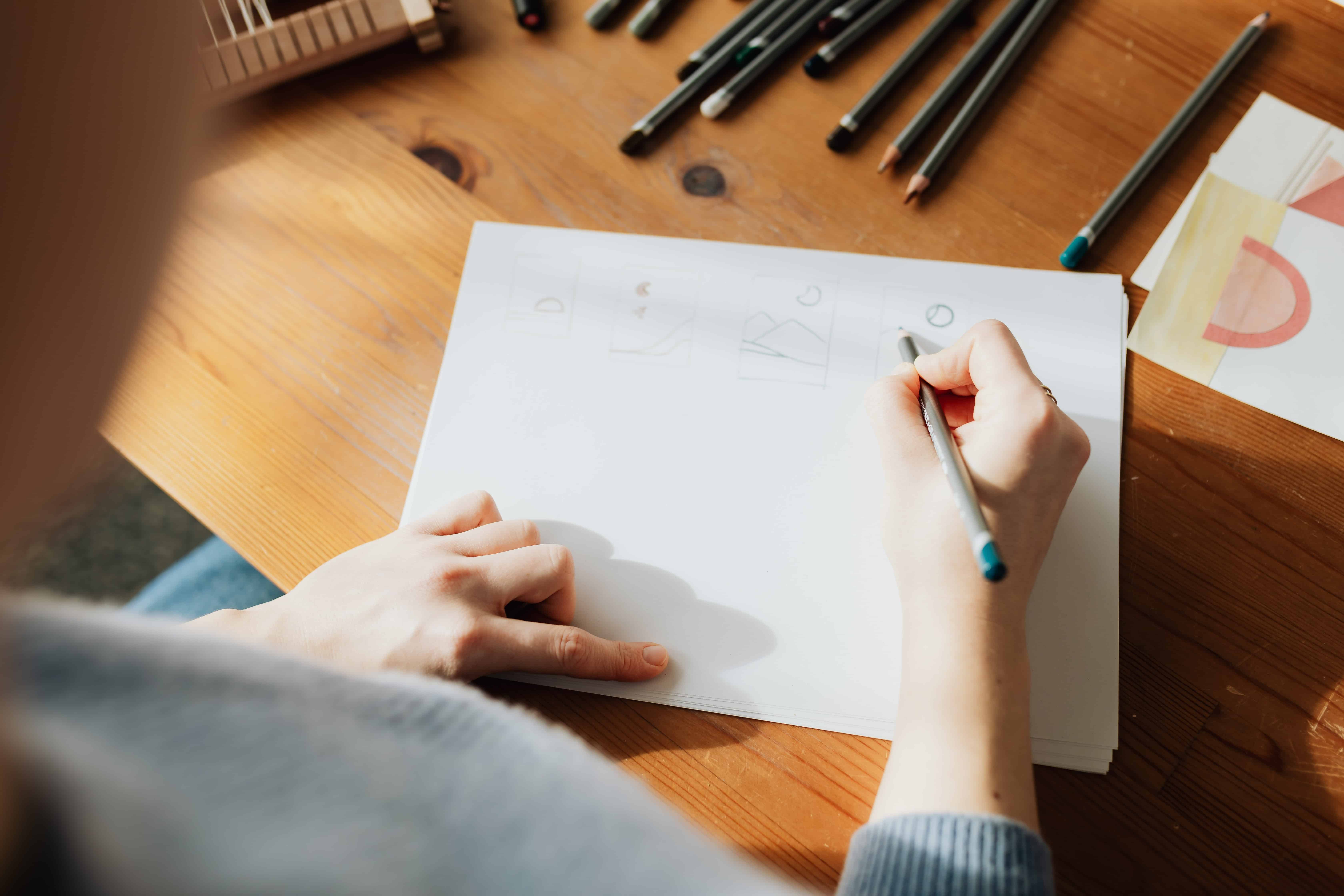
Fine Arts
Are you looking to get a Bachelor in Fine Arts degree? A BFA is a general degree that can involve anything from lecture-based, art theory courses to classes in modern ceramics.
But don't be discouraged by how broad it is. You can pursue a bachelor degree or masters degree in fine arts in a lot of different disciplines and that is exactly why getting a Bachelor in Fine Arts is such a good idea.
These are some of the specialties you can look into for your BFA:
- Sculpture
- Theatre
- Music
- Drawing and Painting
- Photography
- Architecture
- Digital media
Film School
When it comes to becoming a filmmaker or studying something around the film industry, you will find that it is better to enrol in a film school where all the courses and programs are based around this particular subject.
This is because film is quite technical in nature and students need to have defined skills to be able to make it in the professional world.
That said, a student from a film school will also get a bachelor in fine arts but it will be in a film specific subject like:
- Film direction
- Film and television production
- Photography
- Art direction
- Animation
- Film editing
Art History
Another option for those who are passionate about art is to study art history. Art history is a mix between the creative side of art but with a critical and historical view, where students are invited to understand art from a different perspective.
This type of degree can lead to jobs as a curator, gallery owner or even art dealer, meaning on the side of art administration.
This is also ideal for those who have a profile more focused on business but are still passionate about the art world.
Tips to Build Your Portfolio
An art school portfolio is a collection of work that represents your abilities, interests, creativity, and overall development as an artist. While building this portfolio can be a rewarding experience, it can also become quite stressful if you don't have a clear idea in mind.
But don't panic, there are many useful tips to help you build your portfolio that will be extremely helpful in getting your application ready, as well as to the interview stage many art courses require in their admissions stage.
Get familiar with the art school programs you’re applying to
All art and design programs are different, and the type of portfolio they want can vary widely.
We recommend that you read and re-read application guidelines so you can cater your portfolio to a specific audience and incorporate their individual requirements as your ideas progress and your work develops.
Find art classes Sydney here on Superprof.
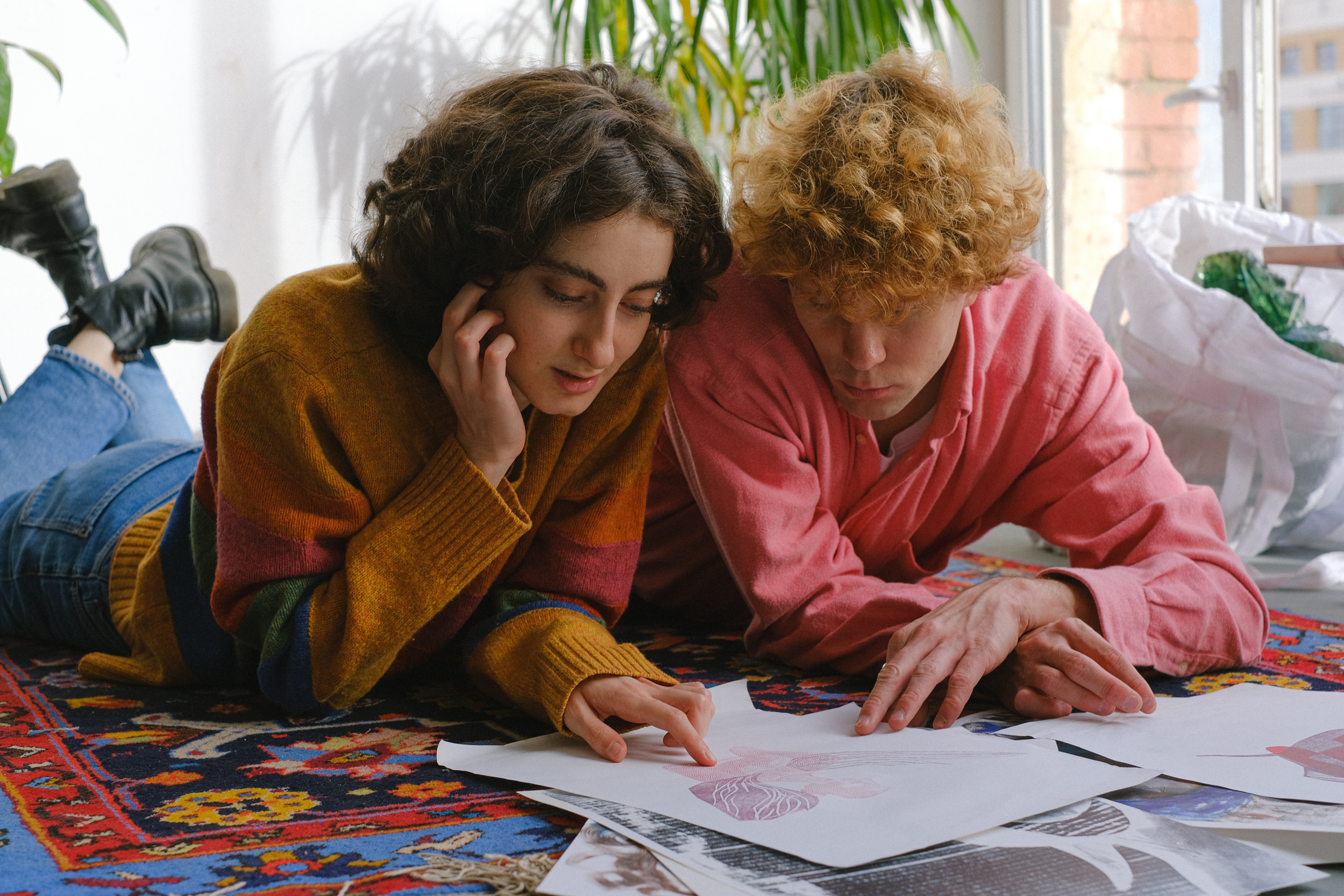
Don’t be afraid to reach out and ask questions, copyedit your materials, and ask each program what they are looking for in an applicant. It is better to ask questions in this stage so you have as much clarity as possible before getting to work.
You can also explore the specific styles of art they teach and produce. Try looking at the work that graduates and faculty are producing to get an idea of the type of work a particular school looks for and fosters.
This is also an excellent way to help you figure out whether you’d like their program.
Create original work for your portfolio
The second thing you should think about when submitting an art portfolio for university application is that schools don’t want to see that you are really good at copying other artists’ work. They want to see that you have your own exciting ideas, and the ability to realize them.
A good way to express your originality is to fill your art portfolio with pieces that are clearly unique. Your portfolio should be a reflection of your personality, what you're excited about and what you’re interested in. It should feel like a visual representation of you.
Include artwork that highlights your strengths
Submitting a diverse art portfolio is a great way to let whoever evaluates your work know how excited you are about different types of art.
By featuring a wide range of approaches, media, and content, you are showing school admissions officers that you frequently explore a variety of ideas and artistic practices.
Still, a common mistake made by students is submitting substandard work just to appear multidisciplinary. Make sure that you submit the formats they are looking for but don't overdo it if it's not your strength.
Document your art portfolio work
Document your art, whether it’s with photographs, video, or scans. In many cases, this documentation will be the only account of your work that an admissions department is exposed to.
Although photography is the most traditional medium for capturing static art, don’t be afraid to go the most suitable route you can think of.
Showcase your technical ability
Technical skills are what allow an artist to communicate the message or meaning of a piece. They also give admissions counsellors a sense of your potential.
Art schools understand that young students still have growing and learning to do, but they also want to see a foundational level of technique that can be developed in school.
Find art classes Melbourne here on Superprof.
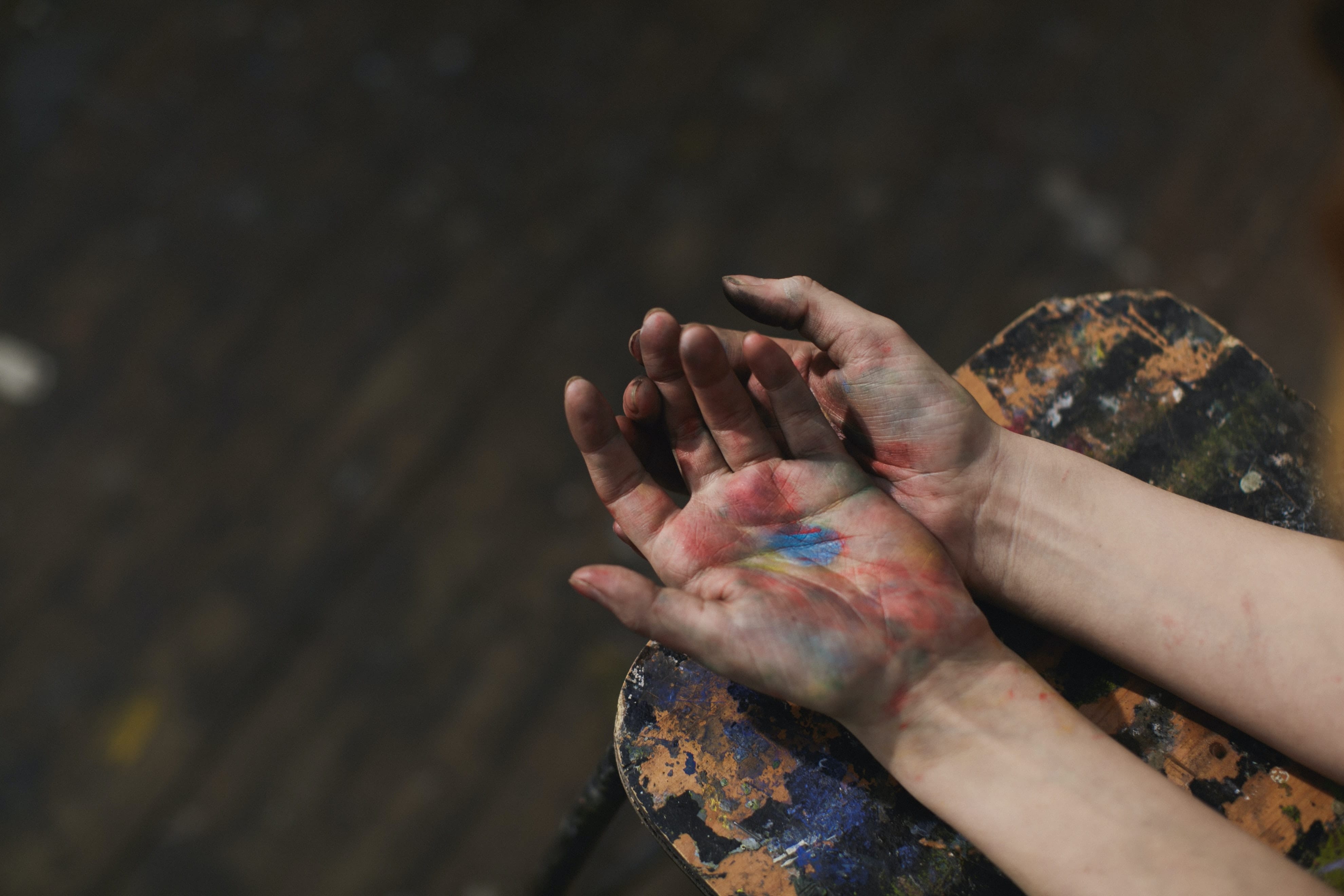
Extras for Your Art School Application
Any student applying to university has to go through a set of tests, application forms and interviews in order to get into their dream program. The case with these applications is no different.
Applying to a university is always an exciting time for a young student but it can also become quite stressful if you don't manage your time correctly. When it comes to Australia, after finishing Year 12, you can use your ATAR score to apply for a place at a university or higher education provider.
Finding a Course
You can find the different courses available to you in your state and city as well as other cities in Australia. Make sure that you check out what the degrees are, the admission requirements and the specific focus of the programs.
Finding a University
After deciding on a course, you can check out the different universities that have it in their programs section. Look at the profile of each university, their alumni and if they offer any sort of financial support for students. Make sure you have enough time to do this!
Fill Out your Applications
Remember that each university has a distinct application process so make sure to get organized and understand the requirements. Get feedback on your application as well as your portfolio from people you trust and admire so you make sure you send the best of the best.
Tuition
If you have found your dream university and program, you can then look at tuition costs and any options for financial aid that you can access. This is important to keep in mind before sending in any paperwork.
Get Support From a Private Tutor
Once you graduate from art school you will see that all the hard work paid off. But in the meantime, you have to make sure that the hard work is well focused and that you are being as strategic as possible in order to get into your dream program.
This is where the support of a private tutor could come in handy: a person who can help you polish your art skills, get more pieces ready for your application and can be key in building your portfolio.
We have a wide network of private tutors who know everything about the art world who would be ideal to guide you through this process as well as provide you with advice on future career opportunities and what you can do once you graduate. Don't hesitate to reach out to them for help!
Find art classes here on Superprof.

